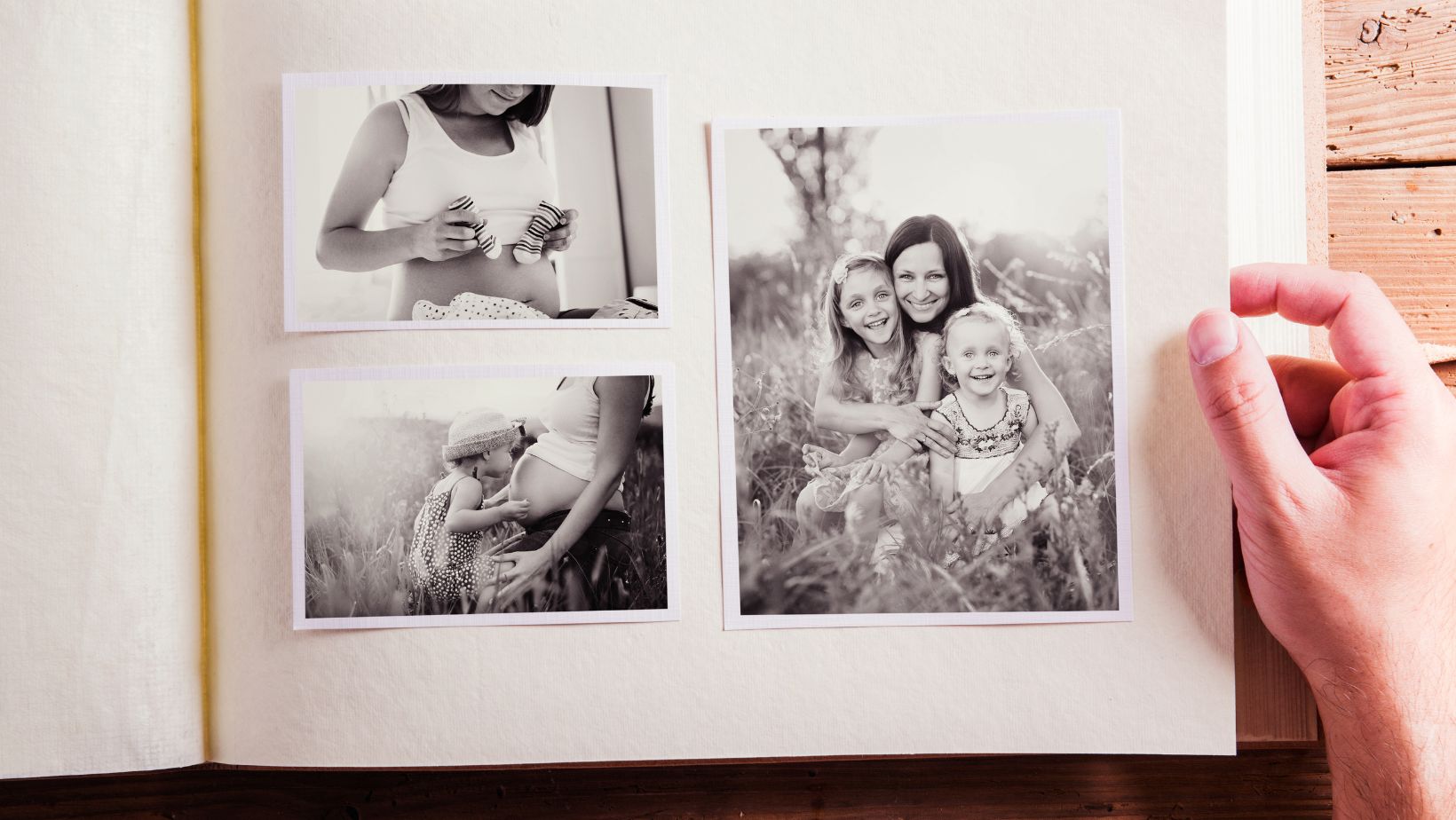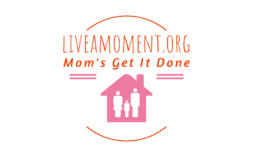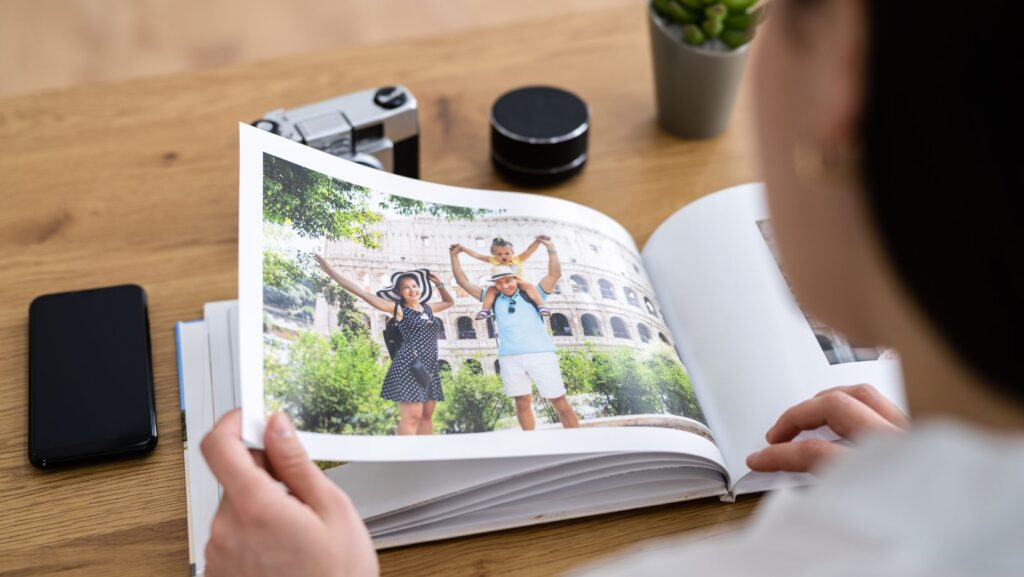Creating a family guestbook photobook can feel like a daunting task. Maybe you’ve seen a beautifully curated one at someone’s home or flipped through an old one at a family reunion and wondered, “How did they pull this off—and why does mine end up stuffed in a drawer?”
The goal isn’t just to collect photos and signatures. It’s to tell a story—a shared one. A guestbook photobook combines visuals and memories in a way regular scrapbooks or simple albums just don’t. But to make one your family will actually love flipping through, it takes more than pasting a few photos on a page.
Let’s break down how to turn this project into a meaningful keepsake—not just a filler for the coffee table.
What Is a Family Guestbook Photobook, Really?
Before diving in, let’s define the concept. A family guestbook photobook isn’t a wedding registry log or a classic photo album. Think of it as a hybrid between a memory book and a family journal.
It includes:
- Photos from family gatherings or milestones
- Handwritten notes or digital messages from family members
- Quotes, stories, or even inside jokes
- Visual themes that reflect your unique family dynamic
It’s less about perfection and more about personality. You want something heartfelt—something that brings a smile with each page turn.
Start with the Purpose: Why Are You Making This?
Designing a family guestbook photobook is easier when you have a clear goal. Is this for a milestone birthday? A family reunion? A memorial? Or just to document yearly family moments?
Knowing the purpose will guide your content choices, tone, and layout. For example:
- A reunion guestbook might invite every guest to sign a page alongside group photos.
- A holiday-themed book might chronicle years of traditions—cookie baking, tree decorating, etc.—and have pages where everyone reflects on memories.
- A memorial version could celebrate a life, including tributes written by different family members.
Having your “why” will keep the design focused and intentional.
Choosing the Right Format and Size
Now that you’ve defined the purpose, it’s time to think physical. The look and feel of your photobook matters more than you might think.
Consider the following factors:
- Binding style: Layflat bindings are ideal for full-spread photos and ease of writing.
- Page count: Don’t make it so long people get overwhelmed. 30–60 pages tends to be a sweet spot.
- Paper type: Matte finishes are more pen-friendly than glossy if guests will be writing in the book.
- Size: A 10×10 or 11×8.5 inch book is large enough to feel substantial, without being clunky.
Keep in mind who will be using the book. If you’re expecting kids, grandparents, or a lot of filled-in notes, durability matters. You want something that ages gracefully.
Designing with Storytelling in Mind
A photobook isn’t just about fitting as many photos on a page as possible. It’s about narrative. You’re telling the story of your family—chapter by chapter.
Think through how you want the flow to work. You can organize it several ways:
Chronological
This is the most straightforward approach. Start with older photos and work your way towards the most recent events. This method is great if you’re documenting a year-in-review or building a continuing family archive.
Thematic
Group pages by recurring themes: vacations, holidays, pets, cooking, inside jokes, favorite places. This can be incredibly fun because it lets personality shine through.
Contributor-based
You might assign each immediate family member or family unit their own section—especially useful for blended or extended families.
Regardless of layout, make sure each spread has enough breathing room. Resist the urge to overcrowd. White space is your friend.
Gathering Content Without the Headache
Trying to get everyone’s contributions can be the most stressful part—but it doesn’t have to be.
Here’s how to make the content collection process smoother:
- Plan early: Don’t start this the night before a reunion. Give people weeks to submit photos or notes.
- Create prompts: Ask specific questions to guide the messages. (e.g., “What’s your favorite memory with Grandma this year?”)
- Use shared folders: Tools like Google Drive or Dropbox make it easy for everyone to upload images from their phones or computers.
- Keep it inclusive: Encourage handwritten entries in person for those who aren’t tech-savvy. You can scan and print these into the book for consistency.
You’re curating memories, not just collecting them. Be selective, but don’t stress about perfection.
Choosing Visual Style and Layout
This part can go off the rails if you’re not careful. Stick to a unified style to keep your photobook from looking chaotic.
A few things to keep in mind:
- Consistency: Choose 1–2 fonts max. Stick to a simple color palette that ties the book together visually.
- Hierarchy: Use larger fonts or bold titles to guide the eye clearly through each page.
- Balance: Alternate photo spreads with more text-heavy pages to avoid visual fatigue.
- Captions and context: Use captions sparingly but effectively. Identify people in group shots, share backstories, or include the date/place when relevant.

Incorporating old family photos alongside recent ones can add a meaningful contrast. Don’t be afraid to mix timelines or even styles—some black and white photos, some in full color, for example—as long as the core design holds together.
Making Room for Guests to Leave Their Mark
One of the defining features of a guestbook-style photobook is interactivity. You’re not just showing people what’s already happened—you’re inviting them to be part of the story.
Here are a few smart ways to do that:
- Dedicate blank or lightly-designed pages for handwritten messages
- Add “memory prompts” for guests to respond to (“What’s one word that describes our family?”)
- Include space for doodles, especially fun for the younger generation
- Combine messages with photo prompts (e.g., “Take a goofy selfie and leave your caption here”)
If your photobook is meant to be filled out during a gathering or event, consider providing archival pens or markers that won’t smudge or bleed.
Digital Tools to Make the Process Smoother
You don’t need professional design software to create a family guestbook photobook. User-friendly tools like Milk Books, Shutterfly, or Mixbook offer drag-and-drop templates and customization options.
Platforms like Milk Books also offer other creative formats like a family magazine that might inspire different ways to celebrate and archive your memories.
When choosing a platform:
- Check for writing space flexibility
- Test how templates adapt to both image-heavy and text-heavy pages
- Look for customer support reviews (especially if this is your first photobook)
Print and Preserve: What Comes Next?
Once your design is locked in, it’s tempting to hit print and be done—but a few final checks can save regrets later.
- Proofread everything twice (and then once more)
- Print a single test copy if you can, especially if it’s a long book
- Store your photobook in a cool, dry place if you’re keeping it archival
- Consider printing extra copies if family members want their own version
Most importantly, make it accessible. Place it where people are likely to see it and flip through it—your coffee table, hallway shelf, or entryway bench. A family guestbook photobook is meant to be enjoyed, not stashed away.
Conclusion: Make It Meaningful, Not Just Pretty
Designing a family guestbook photobook that people actually love isn’t a matter of expensive materials or fancy design—it’s about thought, intention, and collaboration. When it holds real voices, moments, and heart, your book becomes more than a keepsake. It becomes a legacy.
So if you’ve been putting this off, start small: gather some photos, jot down a few favorite stories, and invite your family to join the process. You might be surprised at how much they want to contribute.
The next time you flip through those pages, it won’t just be nostalgia—it’ll feel like home.
Get started today, and let your family’s story unfold one page at a time.


